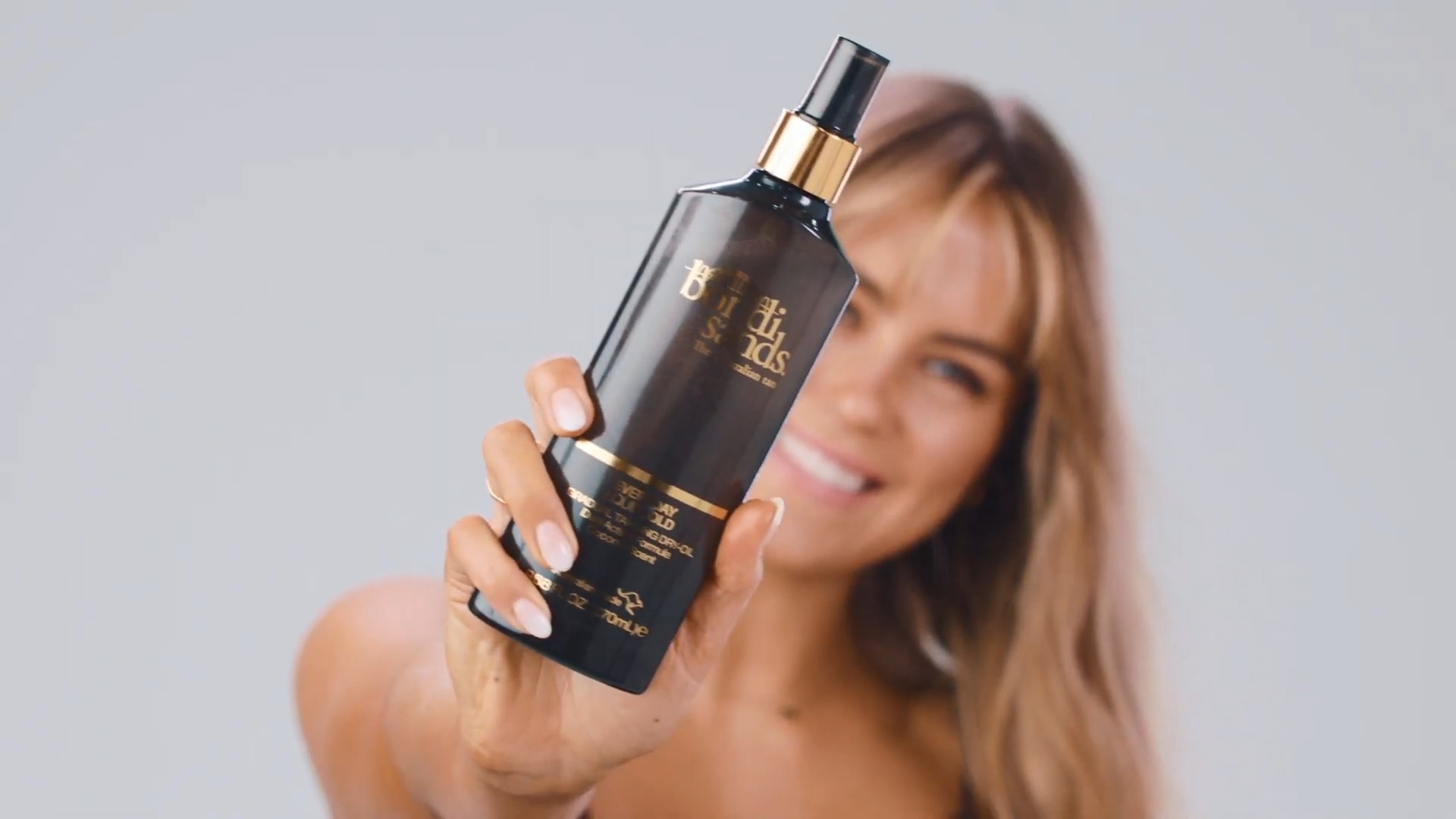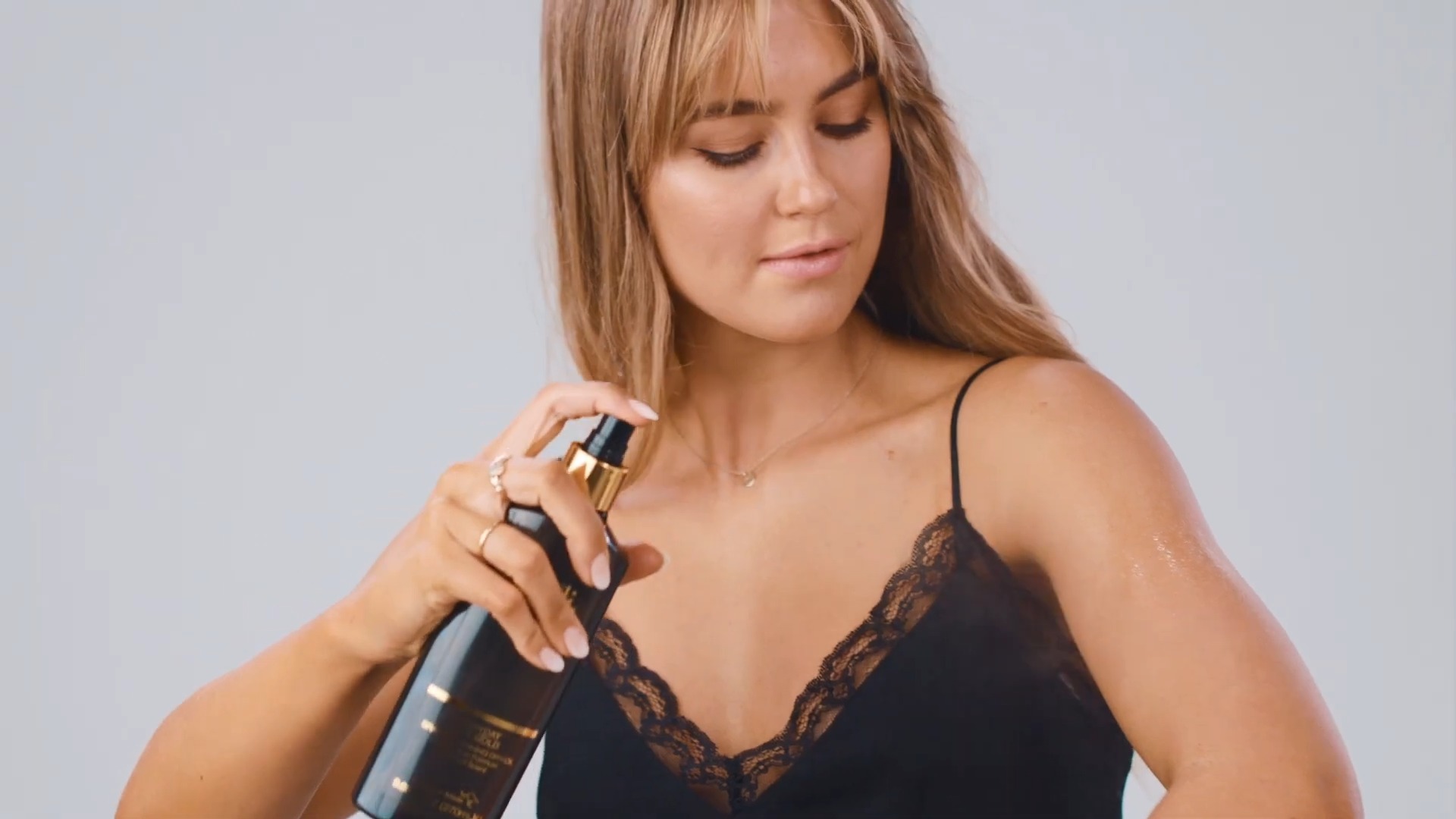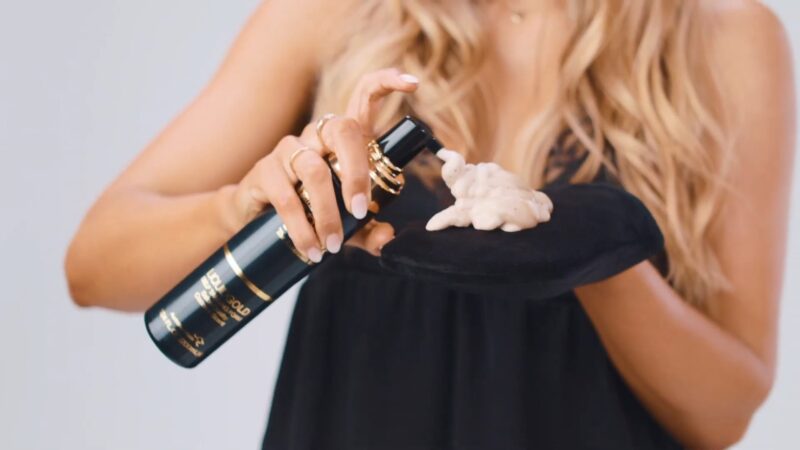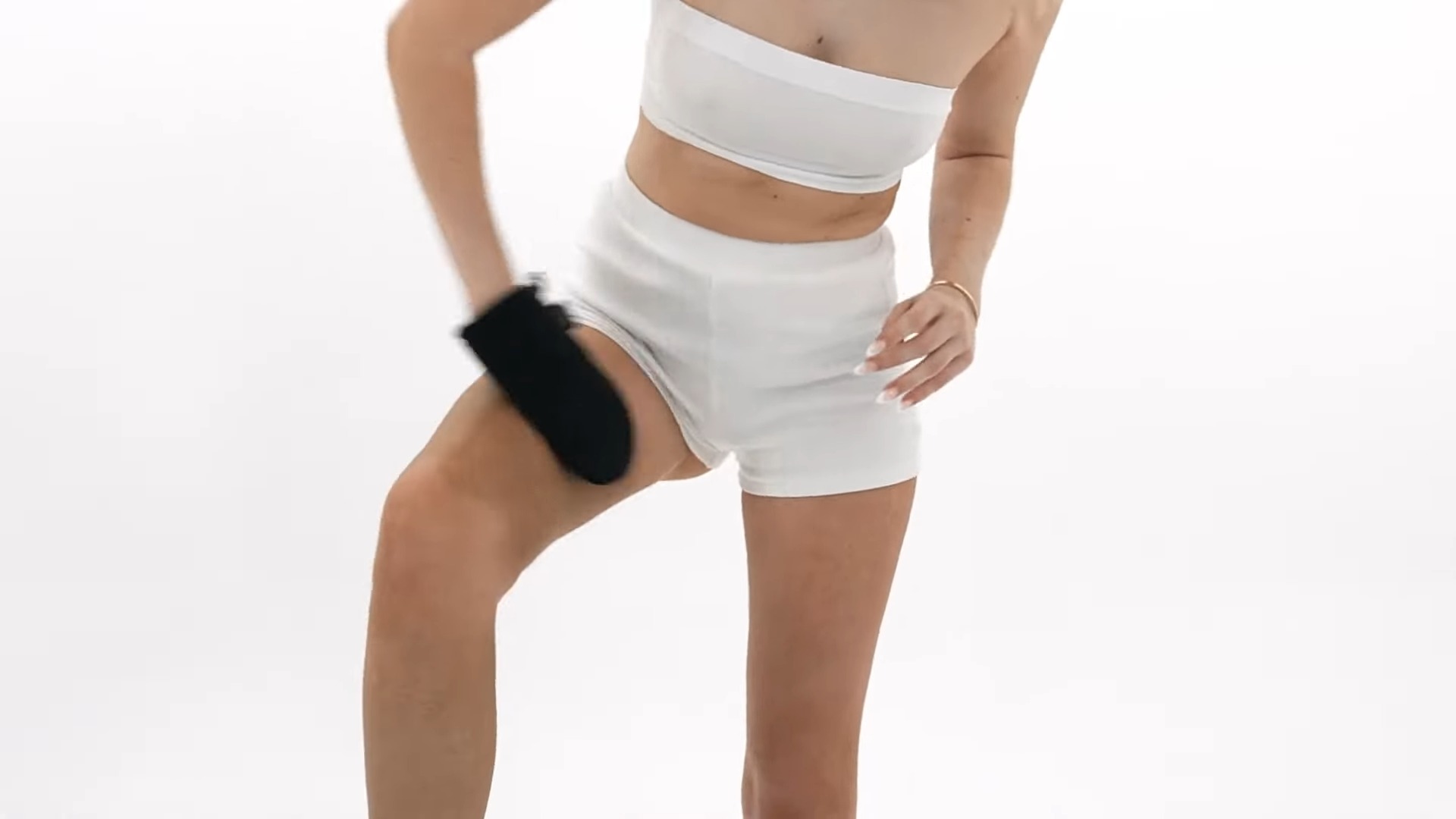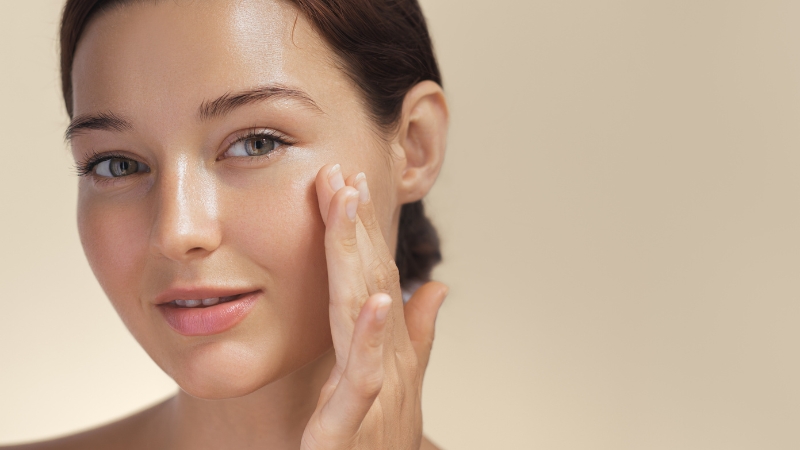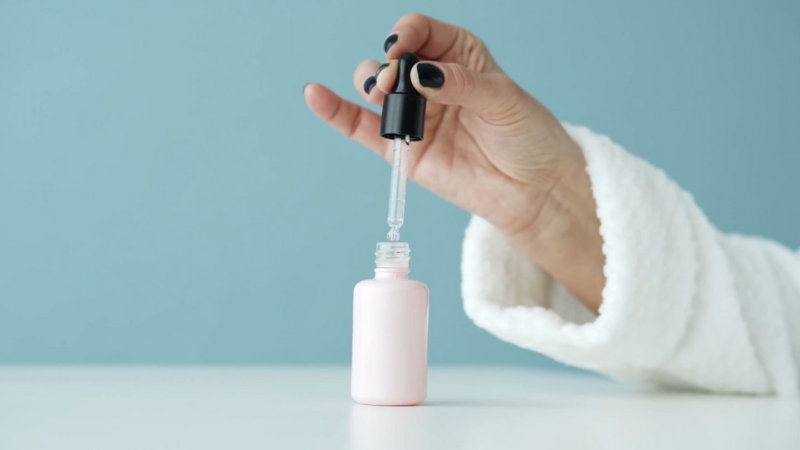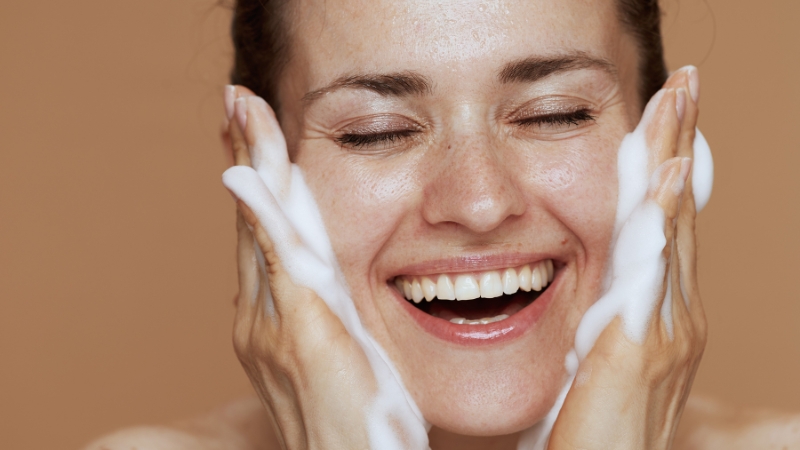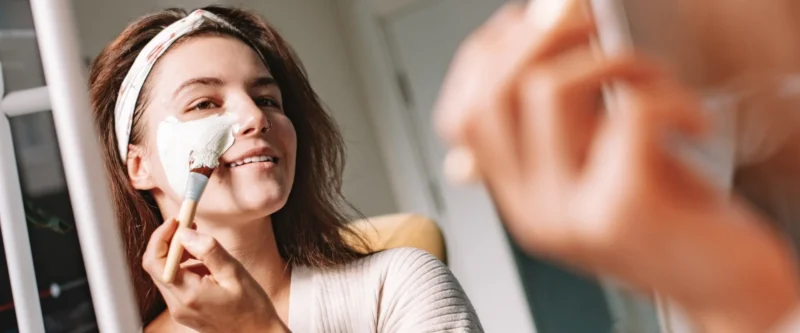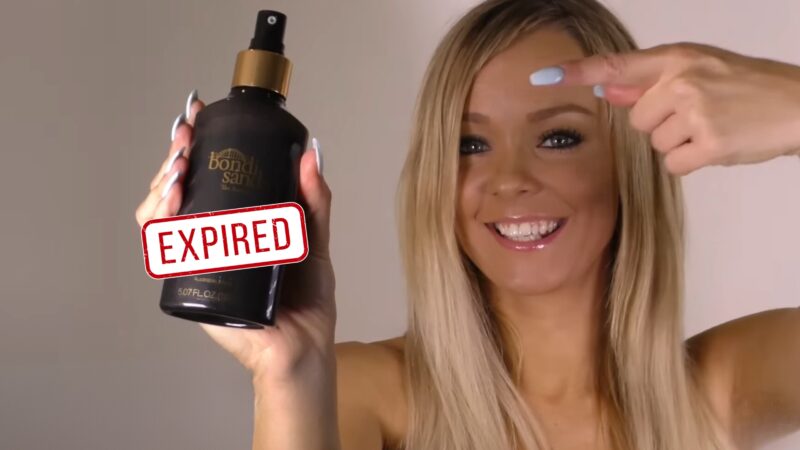
Share Post:
When picking up a bottle of Bondi Sands, it’s important to know how long it will last before it loses its effectiveness. You want to avoid any unexpected surprises, such as a change in color or smell that could mess up your tan.
Understanding the shelf life of the product ensures that you always get that perfect glow without any issues. Here’s what you need to know about how long Bondi Sands lasts and what you should watch out for to keep it fresh.
How Long Before Bondi Sands Expires After Opening?
Once you open a bottle of Bondi Sands, it typically remains effective for up to 12 months. After this time, the active ingredient, DHA, begins to break down, which can lead to patchy, uneven results or even an orange tint.
The product might also change in smell, color, or texture, all of which are clear signs that it’s time to replace it. Keeping the bottle sealed tightly and storing it in a cool, dark place can help maintain its quality for the full 12 months.
How to Make Sure Your Bondi Sands is Safe For Use?
- Check the Expiration Date on the Packaging
- Identify Changes in Smell, Color, or Texture
- Store Bondi Sands in Cool, Dark Places
- Recognize Signs of Product Separation
- Prevent Contamination by Sealing Properly
- Perform a Patch Test if Unsure
- Replace When Results Become Uneven
1. Check the Expiration Date on the Packaging
The easiest way to know when your Bondi Sands product is no longer effective is by checking the expiration date printed on the packaging. This date is a clear indicator of when the product is expected to maintain its full quality.
For unopened bottles, the shelf life is typically 2-3 years. Once opened, it’s generally good for up to 12 months. However, environmental factors like heat and humidity can speed up expiration, so regularly check this date to ensure you’re not using an expired product.
Common Issues to Look Out for in Expired Bondi Sands Products
When a Bondi Sands product starts to expire, a few specific issues often arise that signal it’s no longer effective. One common problem is the color turning greenish or brown, which occurs due to the breakdown of the DHA (dihydroxyacetone), the ingredient responsible for tanning. Additionally, the product may become thick or lumpy, or conversely, watery, indicating that the formula has separated.
2. Identify Changes in Smell, Color, or Texture
A good way to tell if your Bondi Sands product is past its prime is by noticing any changes in smell, color, or texture. The product may develop a sour or odd smell, a darker or discolored shade, or a thicker, separated consistency.
Any of these changes signal that the product’s active ingredients have likely degraded, which can lead to streaky, uneven results. Using a product with these changes isn’t just ineffective; it could also irritate your skin.
Why Changes in Smell, Color, or Texture Matter?
When the active ingredients in Bondi Sands start to break down, the most noticeable signs are changes in smell, color, and texture. DHA, the tanning agent, can turn the product a greenish hue if exposed to air or light for too long.
This green tint is a clear sign that the product’s chemical composition has altered, leading to undesirable results. Similarly, if the product starts to smell sour or musty, it’s likely due to bacterial growth or the breakdown of preservatives.
3. Store Bondi Sands in Cool, Dark Places
Proper storage is key to extending the life of your Bondi Sands product. Light and heat can cause the formula to break down faster. To keep the product effective for as long as possible, store it in a cool, dark place like a cabinet or drawer.
Avoid leaving it in the bathroom or any other area exposed to constant moisture or temperature fluctuations. Doing this will help maintain the integrity of the active ingredients, keeping your tan looking its best.
Storage Tips for All Cosmetics
To get the most out of your cosmetics, proper storage is key. Whether it’s skincare, makeup, or tanning products like Bondi Sands, following a few simple storage guidelines ensures that your favorite items stay fresh and effective for as long as possible. Here are some personalized tips that add real value to your beauty routine:
- Keep Products Away from Heat and Sunlight: Direct exposure to sunlight and heat accelerates the breakdown of active ingredients, leading to discoloration, separation, and reduced effectiveness. Store your products in a cool, dark place like a drawer, cabinet, or makeup organizer.
- Avoid Storing in Humid Areas: While it’s tempting to keep products in the bathroom, the fluctuating humidity can damage their formula. High moisture levels can introduce bacteria, especially in creams, lotions, and powders, leading to quicker expiration and potential skin irritation.
- Seal Containers Tightly: Always make sure caps, lids, and pumps are securely closed after use. Exposure to air causes oxidation, which leads to product degradation. For liquid items, pushing excess air out of bottles before sealing helps maintain freshness.
- Store Upright When Possible: Items like spray cans or pump bottles perform better when stored upright. This prevents leaks, preserves consistency, and reduces the risk of malfunctioning pumps.
- Monitor Expiry Dates: Even with proper storage, every cosmetic has a shelf life. Regularly check expiration dates and look out for signs like changes in color, texture, or smell. Using expired cosmetics can lead to ineffectiveness or skin reactions.
- Keep Products Clean: Cross-contamination is a major issue. Always use clean hands or tools when applying products and avoid dipping fingers directly into jars. This practice minimizes the introduction of bacteria, which could spoil the product faster.
- Consider Temperature-Controlled Storage: If you live in an area with extreme temperatures, investing in a mini beauty fridge can be a game-changer. These are perfect for storing sensitive products like serums, vitamin C treatments, or certain organic formulas that benefit from cooler environments.
4. Recognize Signs of Product Separation
One clear sign that your Bondi Sands product is no longer good is when the ingredients start separating. If you notice the formula has become watery, lumpy, or has visible layers of separation, it’s time to get rid of it.
Shaking the bottle won’t restore its original consistency, and using a separated product will likely result in a blotchy, uneven tan that looks far from natural.
Why Product Separation Happens and Why It’s a Problem?
When your Bondi Sands product starts separating, it’s usually due to the breakdown of its ingredients over time. The formula relies on emulsifiers to keep ingredients like water, oils, and DHA (dihydroxyacetone) mixed evenly. As the product ages, these emulsifiers lose their effectiveness, causing the ingredients to separate into layers. Once this happens, shaking the bottle won’t restore the original consistency because the chemical bonds have weakened or broken entirely.
Using a separated product can lead to an uneven tan because the active ingredients are no longer evenly distributed. You might apply more oil or water than DHA, resulting in a streaky, blotchy, or even orange finish.
5. Prevent Contamination by Sealing Properly
Keeping the lid tightly sealed after every use is essential to prolonging the life of your Bondi Sands. Exposure to air can lead to oxidation, causing the formula to degrade faster. Make sure the lid is always properly closed, and avoid letting any liquids or contaminants get into the bottle.
Even something as simple as moisture from a wet hand can compromise the product’s quality over time, leading to early expiration.
Why Preventing Contamination is Crucial?
Contamination can drastically reduce the effectiveness and safety of your Bondi Sands product. When air, moisture, or bacteria enter the bottle, it leads to oxidation, which causes the formula to break down more quickly. Oxidation affects the stability of ingredients like DHA, resulting in an uneven application and a potentially undesirable tan color, such as orange or streaky patches.
Additionally, contamination introduces bacteria and other microorganisms into the product, which can lead to skin issues. Common problems include irritation, rashes, or even breakouts, especially if you’re applying the product to sensitive areas.
6. Perform a Patch Test if Unsure
If you’re ever in doubt about whether your product is still good, performing a patch test is a smart move. Apply a small amount of the product to a less visible area of your skin and wait 24 hours. Check for any irritation, color inconsistencies, or changes in smell.
If the product doesn’t develop properly or causes any discomfort, it’s best to discard it and replace it with a fresh bottle.
Products We Can Check With Patch Test
- Self-Tanners: Products like Bondi Sands rely on DHA, which can degrade over time. Patch testing helps you detect any inconsistencies in color development or potential irritation.
- Skincare Products: Whether it’s a new moisturizer, serum, or exfoliant, patch testing ensures your skin won’t react negatively to ingredients like retinol, glycolic acid, or vitamin C.
- Hair Dyes: Chemicals in hair dyes can cause severe allergic reactions, so it’s always recommended to patch test before full application.
- Makeup Products: Foundations, concealers, and eyeshadows can sometimes cause breakouts, rashes, or irritation. Testing them on a small area helps avoid a bad reaction on more sensitive parts of your face.
- Fragrances: Perfumes and scented body lotions contain alcohol and other irritants that can cause redness or rashes, making a patch test essential for sensitive skin.
7. Replace When Results Become Uneven
Even if the product seems fine at first glance, you’ll know it’s time to replace it if your results start looking uneven. An expired or compromised formula will often lead to streaks, blotches, or an unnatural orange hue.
If you notice that your tan isn’t as smooth or consistent as it used to be, it’s likely due to an expired product. In this case, it’s better to invest in a new bottle rather than risk a patchy tan.
Or Choose an Alternative for Bondi Sands
The fact is that we all have different needs. What is even more important is that there are numerous skin types. Therefore, not everyone will react the same when using this product. That’s why you should also consider some well-known alternatives.
Here’s a guide on what to look for when searching for alternatives:
- Skin Type Compatibility: Choose a self-tanner that’s specifically designed for your skin type. For dry skin, a gradual tanning lotion with hydrating ingredients like aloe vera or hyaluronic acid is ideal. If you have oily or combination skin, a lightweight mousse or foam works better as it absorbs quickly and leaves a matte finish.
- Natural Ingredients: Look for formulas with natural and nourishing ingredients like coconut oil, argan oil, or green tea extracts. These ingredients not only provide a natural-looking tan but also support skin health by reducing irritation.
- Ease of Application: Some self-tanners are easier to apply than others. Express mousses, tanning drops, and tinted lotions allow for precise control, reducing the chances of streaking. Products that come with applicator mitts or spray nozzles can also help you achieve an even application.
- Quick Drying and Long-Lasting: If you want a tan that lasts longer with minimal upkeep, go for a product that offers a long-lasting formula and dries quickly. Brands like St. Tropez, Isle of Paradise, and Bali Body are known for delivering reliable results that can last for over a week with proper care.
- No Orange Tones: Avoid products that use low-quality DHA, as they often produce an orange tint. High-end self-tanners usually use a blend of DHA and erythrulose, which deliver a more natural, sun-kissed glow. Reading reviews and checking product descriptions for terms like “no orange undertone” can guide you toward better options.
- Customer Reviews and Recommendations: Checking customer reviews and expert recommendations is essential. Websites, beauty blogs, and forums often have detailed user experiences that can help you choose a product that aligns with your tanning goals.
FAQs
Is it okay to use Bondi Sands every day?
While it’s safe to use Bondi Sands frequently, applying it daily may lead to product buildup and an unnatural appearance. It’s usually recommended to reapply every 1-2 weeks, depending on your desired glow.
Can Bondi Sands stain clothes or sheets?
Yes, Bondi Sands can transfer onto clothes or sheets, especially if it hasn’t fully dried. To avoid stains, wait until the product is completely dry before getting dressed and consider using darker bedding.
How do I remove Bondi Sands from my skin?
To remove Bondi Sands, exfoliate your skin using an exfoliation mitt or body scrub. Bondi Sands also offers a self-tan eraser designed specifically for removing their products.
Can I mix Bondi Sands with moisturizer?
Yes, you can mix Bondi Sands with moisturizer to create a more gradual, subtle tan. This is particularly useful if you want to lighten the intensity or build up color gradually over time.
Why does my Bondi Sands turn green?
Bondi Sands can turn green if the DHA has oxidized, often due to prolonged exposure to air or improper storage. If you notice a green tint, it’s a sign the product has expired and should be replaced.
Last Words
To ensure you get the best out of your Bondi Sands products, it’s essential to understand their shelf life and proper storage. Keeping track of expiration dates, watching for changes in smell, color, or texture, and storing products in cool, dark places all contribute to maintaining a smooth, consistent tan.
When in doubt, performing a patch test can help avoid unwanted results. If your tanning results become uneven, it’s probably time to replace the product. Following these guidelines will keep your tan looking flawless every time.
Related Posts:
- Retinol Routine 101 - How Long to Wait Before…
- Does Self Tanner Expire? - Learn About Shelf Life
- Does St Tropez Expire - When to Say Goodbye to Your Tan?
- Does Petroleum Jelly Expire? Truth About Vaseline's…
- Are Tanning Oils Safe? What It Does to Your Skin…
- Radiofrequency Skin Tightening - Does It Work for Wrinkles



